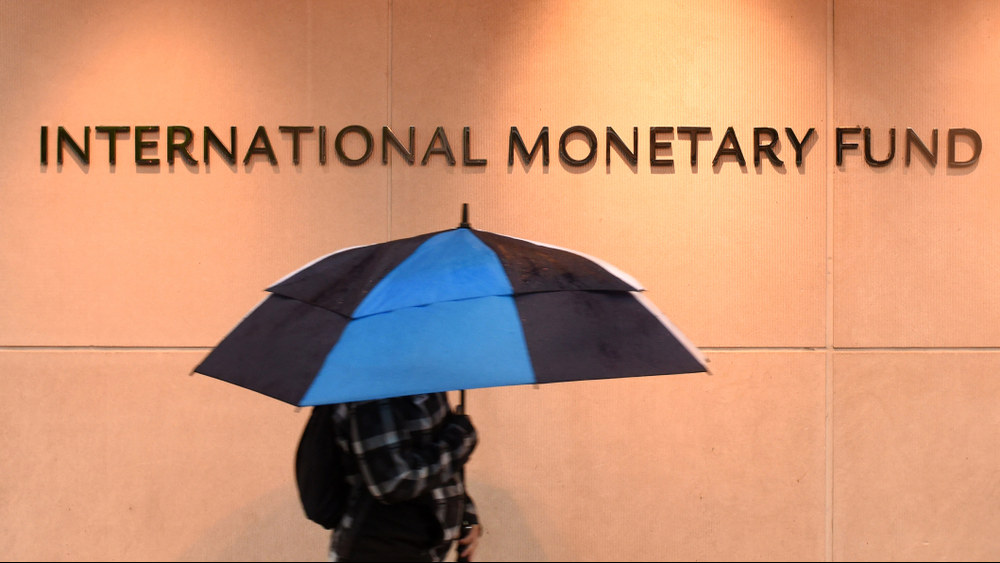The IMF on Tuesday projected an impressive 11.5 per cent growth rate for India in 2021, making the country the only major economy of the world to register a double-digit growth this year amidst the coronavirus pandemic.
The International Monetary Fund's growth projections for India in its latest World Economic Outlook Update released on Tuesday reflected a strong rebound in the economy, which is estimated to have contracted by eight per cent in 2020 due to the pandemic.
In its latest update, the IMF projected a 11.5 per cent growth rate for India in 2021. This makes India the only major economy of the world to register a double-digit growth in 2021, it said. China is next with 8.1 per cent growth in 2021 followed by Spain (5.9 per cent) and France (5.5 per cent).
Revising its figures, the IMF said that in 2020, the Indian economy is estimated to have contracted by eight per cent. China is the only major country which registered a positive growth rate of 2.3 per cent in 2020.
India’s economy, the IMF said, is projected to grow 6.8 per cent in 2022 and that of China by 5.6 per cent.
With the latest projections, India regains the tag of the fastest developing economies of the world.
Early this month, IMF managing director Kristalina Georgieva had said that India “actually has taken very decisive action, very decisive steps to deal with the pandemic and to deal with the economic consequences of it”.
India, she said, went for a very dramatic lockdown for a country of this size of population with people clustered so closely together. And then India moved to more targeted restrictions and lockdowns.
“What we see is that transition, combined with policy support, seems to have worked well. Why? Because if you look at mobility indicators, we are almost where we were before Covid in India, meaning that economic activities have been revitalised quite significantly,” the IMF chief said.
Commending the steps being taken by the Indian government on the monetary policy and the fiscal policy side, she said it is actually slightly above the average for emerging markets.
“Emerging markets on average have provided six per cent of GDP. In India this is slightly above that. Good for India is that there is still space to do more,” she said, adding that she is impressed by the appetite for structural reforms that India is retaining.
Global trends
The global economy, ravaged by the Covid-19 pandemic, is projected to grow at 5.5 per cent in 2021 and 4.2 per cent in 2022, the IMF said on Tuesday, reflecting the expectations of a vaccine-powered strengthening of business activities later in the year and additional policy support in a few large economies.
“In our latest World Economic Outlook forecast, we project global growth for 2021 at 5.5 per cent, 0.3 percentage point higher than our October forecast, moderating to 4.2 per cent in 2022,” said Gita Gopinath, chief economist of the IMF. The global economy contracted an estimated 3.5 per cent in 2020 amidst the unprecedented health crisis.
The 2021 forecast is revised up by 0.3 percentage point relative to the previous forecast (5.2 per cent) in October last year, reflecting expectations of a vaccine-powered strengthening of business activities later in the year and additional policy support in a few large economies, the IMF said.
According to Gopinath, the upgrade for 2021 reflects the positive effects of the onset of vaccinations in some countries, additional policy support at the end of 2020 in economies such as the United States and Japan and an expected increase in contact intensive activities.











